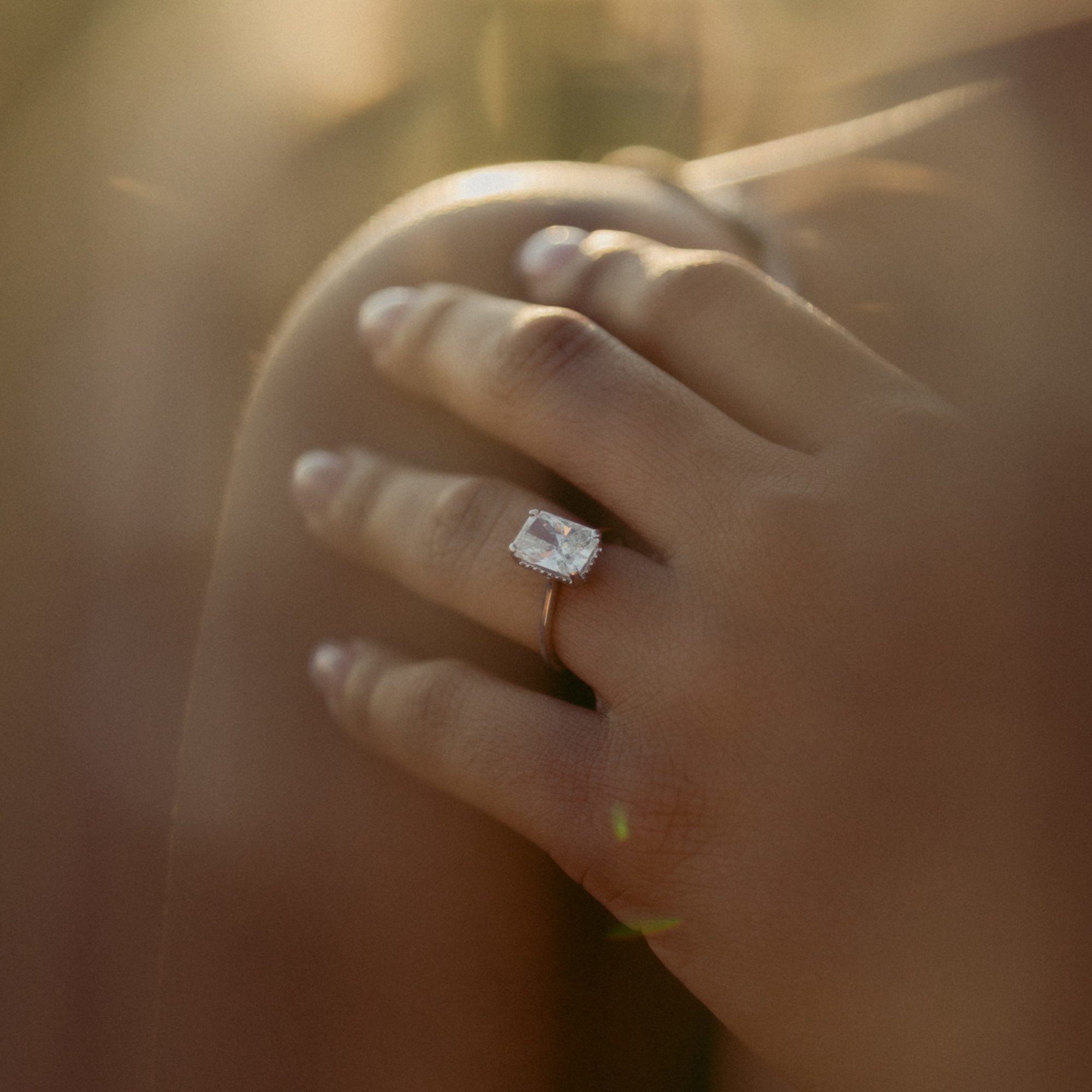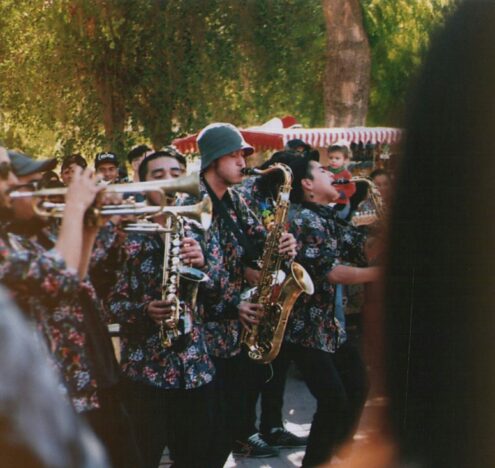On Mar. 11, 2022, the Biden administration announced a US ban on the import of Russian diamonds. It sounded good. Along with sanctions on Russian vodka and seafood, it appeared to send another strong economic message to President Vladimir Putin following the Russian invasion of Ukraine. In reality, however, it was almost meaningless.
On average, between 2018 and 2020, the US imported $420 million worth of rough diamonds a year, but almost none came directly from Russia. The largest suppliers by far were Botswana, Angola, and South Africa, with smaller amounts from Canada and Tanzania. Russian imports are so small that in trade data they are filed under “other.” Russia is, however, the world’s largest diamond producer, and the US is the biggest diamond consumer. And a large proportion of Russian diamonds do come to the US, not as rough, but as polished goods. The paradox lies in how diamonds travel and how they are identified.
If the US really wants to have an impact on the Russian diamond industry, it needs to focus on finished diamonds — and this is where India plays a key role.
Between 2018 and 2020, Russia exported on average US$3.7 billion a year in rough diamonds, with 90% of its mining and sales handled by one corporation, Alrosa. Although this is a publicly traded company, one third of Alrosa’s shares are owned by the Russian government, and another third by the autonomous Russian Republic of Sakha where the diamonds are mined. Oligarchs are heavily invested in the enterprise, and so it does make sense to include diamonds in sanctions designed to convey a message to Moscow. And the White House did place early sanctions on Alrosa, cutting off its access to American debt equity and sanctioning its CEO Sergei Ivanov, whose father, Sergei Borisovich Ivanov, a former FSB Colonel General, is a top security advisor to Putin. Limiting Russian access to the SWIFT banking system, which is used for international money transfers, also looked like it would be tough on Alrosa. It wasn’t.
THE WILD CARD
Thirty years ago, the diamond cutting and polishing industry was little more than a cottage industry in India. Today it is a huge, modern, and mechanized enterprise. Every year, upwards of 90% of the world’s rough diamonds go to Mumbai and Surat in India for cutting and polishing. Russian diamonds are no exception, making their way to India via contracts, auctions, and other purchasing operations in Antwerp. Following the Russian invasion of Ukraine, Alrosa assured the Indian industry that there would be no interruption of supply, and the rupee–ruble exchange arrangements that have been used in the past between Russia and India will skirt SWIFT banking restrictions. Once diamonds are cut and polished in India, they lose their original identity, and when they head out toward the glittering showrooms of Paris, London, and New York, they have become “Indian” diamonds.
Indian diamond exports to the US are second in value only to pharmaceuticals, and almost half of the worldwide sales of diamond jewelry take place in the US. There is no ban on these diamonds, no SWIFT issue, no mention at all of Russia, Alrosa, oligarchs, Ukraine, or any other awkwardness.
WHAT INDIA SHOULD DO
If the US really wants to have an impact on the Russian diamond industry, it needs to focus on finished diamonds. It needs cooperation from Antwerp and Dubai, where rough diamonds are bought and sold, and India where they are processed. India would have to halt the import of rough diamonds originating in Russia and from Alrosa operations in Angola, Zimbabwe, and the Democratic Republic of Congo. India would have to provide convincing guarantees that its diamond exports to the US, Europe, and elsewhere do not originate in Russia. If it can’t or won’t, the US should invoke Countering America’s Adversaries through Sanctions Act (CAATSA).
CAATSA, a law that has been in force since 2017, allows the US to impose sanctions on any nation that has significant transactions with countries such as Iran, North Korea, and Russia. This option is currently much discussed in the Indian media, although not in connection with diamonds. Indian policymakers are more concerned that CAATSA could be invoked over India’s recent purchase of Russian S-400 air defense systems.
Defense systems aside, the time has come to get much more serious about diamonds and the billions of dollars in foreign exchange they bring to Russia. Diamonds have long been symbols of love, beauty, and commitment. Nothing could be more fitting than a global embargo on those from a country that promotes the opposite. But US sanctions have to be serious and meaningful, and if they are going to be felt in the Kremlin, they need to include India.
Ian Smillie was a leader in the campaign to end blood diamonds. He was the first witness in the war crimes trial of former Liberian President Charles Taylor. He is also the author of two books about diamonds: “Blood on the Stone; Greed, Corruption and War in the Global Diamond Trade” and “Diamonds.”





















